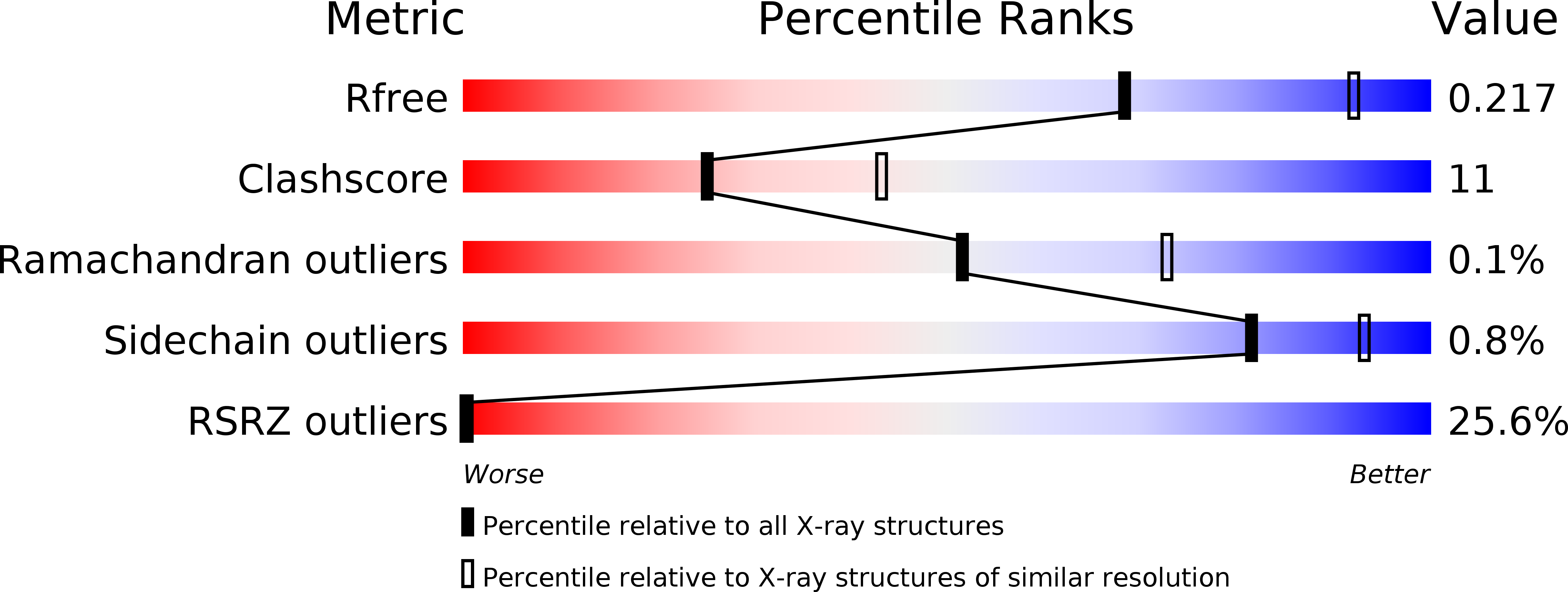
Deposition Date
2018-07-13
Release Date
2019-02-27
Last Version Date
2023-10-11
Entry Detail
Biological Source:
Source Organism:
Saccharomyces cerevisiae (Taxon ID: 4932)
Host Organism:
Method Details:
Experimental Method:
Resolution:
2.50 Å
R-Value Free:
0.24
R-Value Work:
0.22
R-Value Observed:
0.24
Space Group:
C 1 2 1


